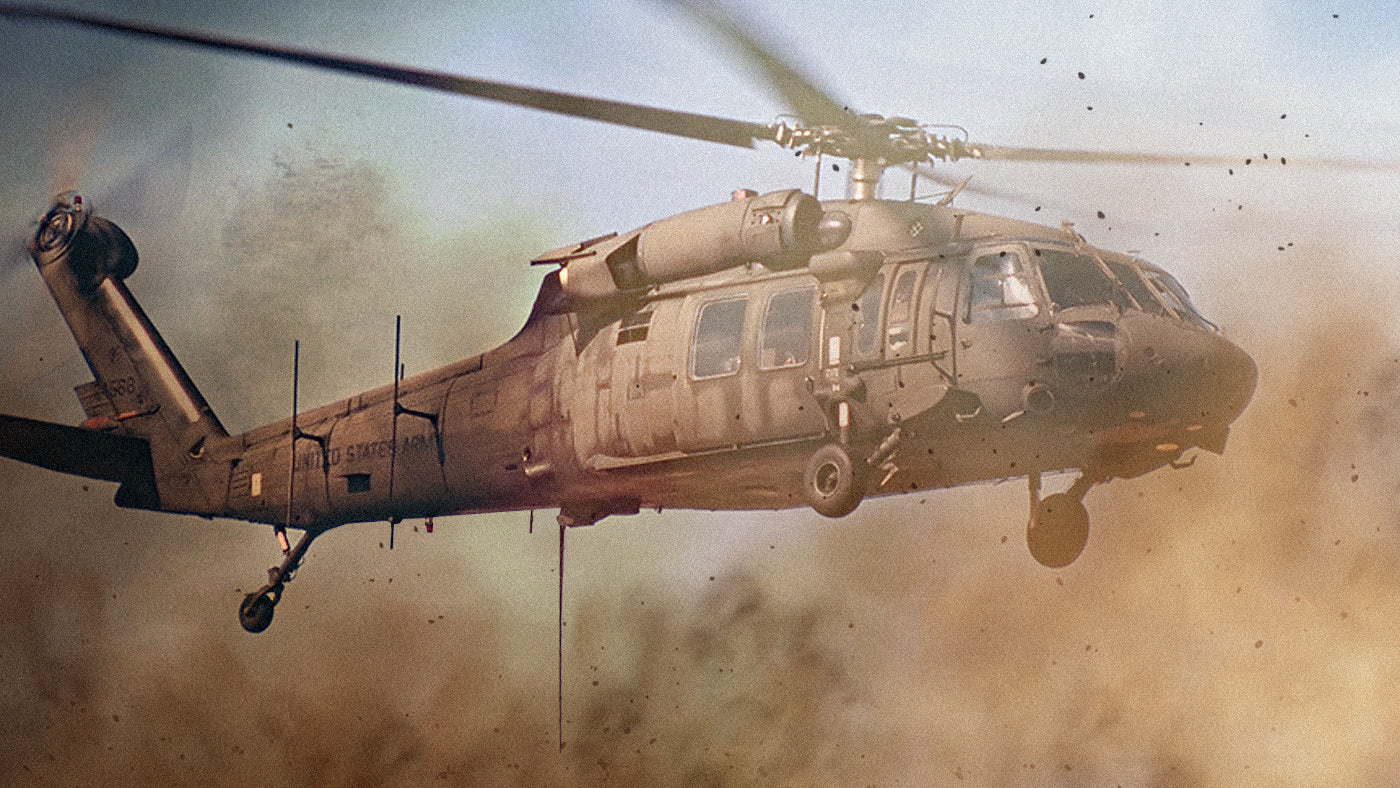UH 60 Helicopter Demystified: A Closer Consider Its Advantages and Core Parts
The UH-60 helicopter, usually shrouded in a shroud of secret, stands as a powerful aircraft with a myriad of benefits that make it an indispensable property in both army and civilian operations. From its durable engine and propulsion system to its complex avionics and communication equipment, the UH-60 is a wonder of contemporary design. Moreover, its structural style and advanced products play a crucial duty in its performance and resilience. As we explore the core parts and operational capacities of this flexible helicopter, a much deeper understanding of its relevance in various fields arises, clarifying its crucial function in aeronautics.
Benefits of UH-60 Helicopter
The UH-60 helicopter stands out for its remarkable convenience and integrity in a variety of objectives. Among its key advantages is its capacity to adjust to different functions, such as army transport, clinical discharge, search and rescue, and combat support. This convenience makes it an important possession to army pressures worldwide. Another advantage of the UH-60 is its excellent efficiency capacities. With a top speed of over 150 knots and a variety of approximately 320 nautical miles, the UH-60 can quickly move personnel and devices over cross countries. Furthermore, its sophisticated avionics and navigating systems enhance situational awareness, allowing pilots to operate safely in diverse atmospheres, consisting of damaging climate condition and rough terrains. Additionally, the UH-60's resilient building and powerful engines add to its dependability, making certain that it can properly implement goals in also one of the most difficult scenarios. In general, the UH-60 helicopter's adaptability, efficiency, and integrity make it a favored option for a vast array of functional needs.

Engine and Propulsion System
Engineered to push the UH-60 helicopter with the skies with accuracy and power, the engine and propulsion system create an important component of its functional effectiveness. The UH-60's propulsion system includes a four-bladed primary blades system and a tail blades, which function in tandem to give security, ability to move, and control during flight. Together, the engine and propulsion system enable the UH-60 to carry out a broad variety of objectives, consisting of army transport, clinical discharge, and search and rescue procedures, with reliability and performance.

Avionics and Communication Equipment
Avionics and interaction equipment play an important role in improving the functional capabilities and situational understanding of the UH-60 helicopter. uh-60 blackhawk. The UH-60 is furnished with advanced avionics systems that consist of digital screens, interaction radios, navigation systems, and discover here mission-specific devices. These systems offer the aircrew with important details such as airplane performance data, navigation support, climate updates, and interaction networks to engage with ground control and various other airplane
One key component of the avionics suite is the Multi-Function Show (MFD), which combines essential flight information onto a single screen, minimizing the pilot's work and boosting situational awareness. The UH-60 also features a sophisticated communication system that permits seamless control in between staff participants and exterior firms.
In addition, the helicopter is outfitted with radar systems for surface mapping and threat discovery, enhancing its capability to run in diverse atmospheres. Generally, the assimilation of cutting-edge avionics and interaction tools makes certain that the UH-60 continues to be a very capable and effective platform for a wide variety of goals.
Structural Design and Materials
Including innovative products and ingenious style techniques, the structural honesty of the UH-60 helicopter is enhanced for performance and toughness. The UH-60's airframe is mostly constructed from light-weight yet robust materials such as light weight aluminum and composite fibers. These materials supply a high strength-to-weight proportion, important for guaranteeing the helicopter's maneuverability and architectural strength throughout flight operations.
The helicopter's major rotor blades are usually made from composite materials, giving improved strength and fatigue resistance contrasted to conventional useful source steel blades (uh-60 blackhawk). This layout selection contributes to boosted aerodynamic efficiency and decreases maintenance demands in time

Duty in Armed Force and Private Citizen Procedures
The structural layout and materials of the UH-60 helicopter play a crucial role in establishing its effectiveness and adaptability in both military and noncombatant procedures. In armed forces setups, the UH-60, also recognized as the Black Hawk, serves a large array of vital functions.
In private procedures, the UH-60 is commonly employed for emergency situation medical services, firefighting, regulation enforcement support, disaster relief efforts, and search and rescue objectives. Its capability to quickly deliver employees and cargo to remote or otherwise hard to reach areas has actually confirmed crucial in conserving lives and giving critical assistance during emergency situations. The UH-60's dependability and versatility make it a favored option for various civilian organizations looking for reliable and trustworthy airborne assistance.
Verdict

Comments on “The Future Potential Customers and Upcoming Advancement of the UH-60 Blackhawk”